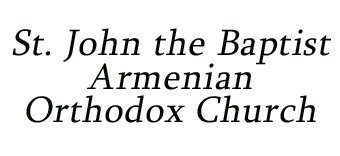FIRST ISSUE OF THE FIRST ARMENIAN NEWSPAPER, “AZTARAR”
The small community of India created in the early seventeenth century near Ispahan (Persia), went into history for two main reasons: the publication of the first draft of an Armenian Constitution (1773) and the birth of the first Armenian newspaper (1794)…
